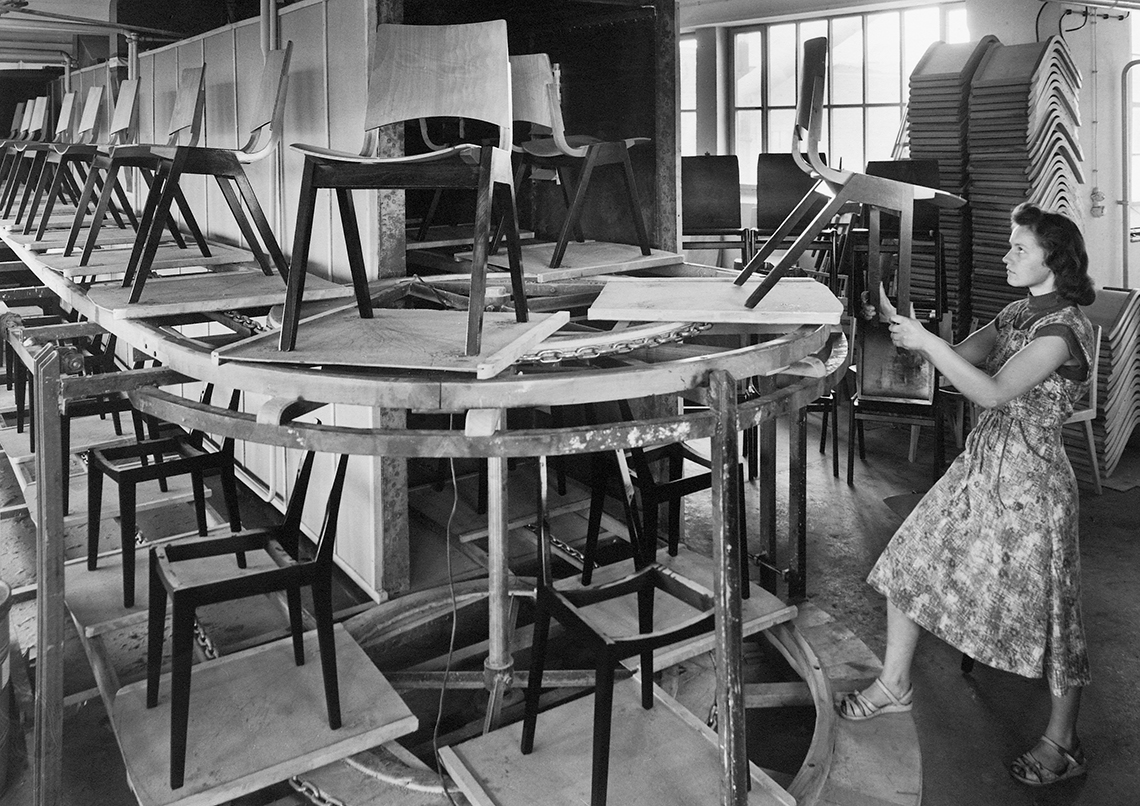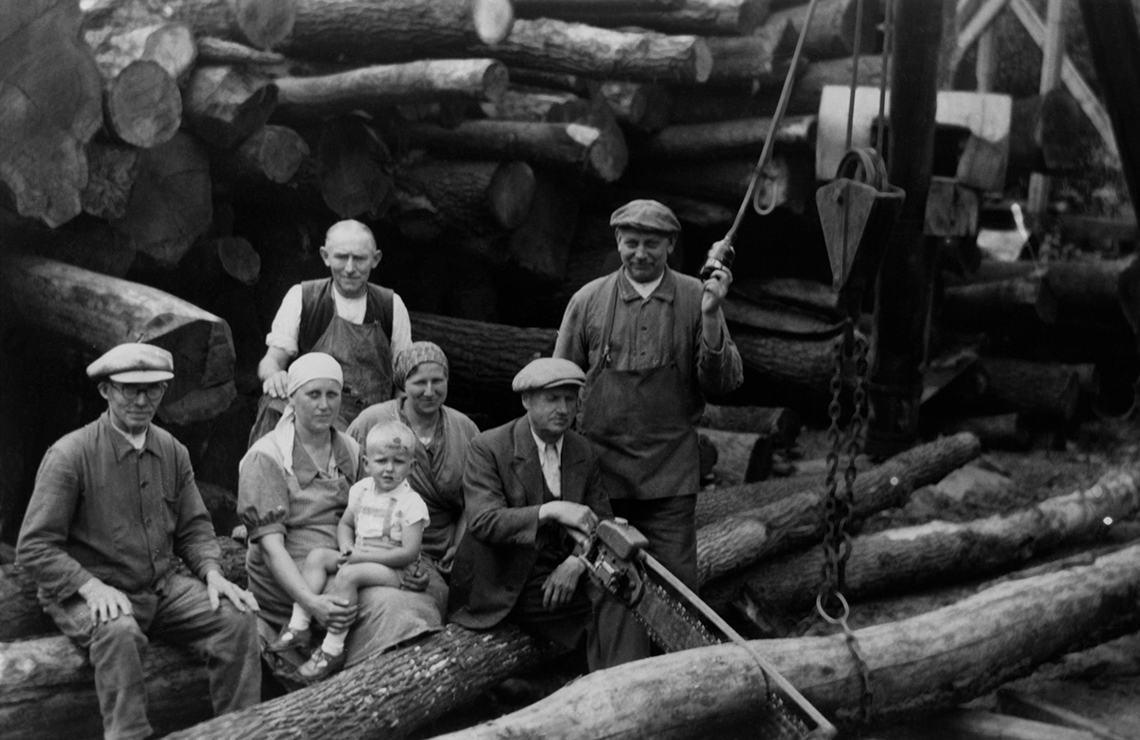This year’s motto is “Standorte und Sitzplätze” – a play on words in German which doesn’t work in English – but in essence, the exhibition and conference will be looking at traditional sites where chairs are produced. The exhibition in Rabenau’s Chair Museum will focus on the first regions that evolved into important production centres of chair building. Back in 1900 with around 100 firms, Wilkhahn’s home region was Germany’s biggest chair manufacturing area. In 1950, 22,000 chairs were still being made here daily which carried the “Chairs from Bad Münder” sign of quality.

The decline in the traditional wooden chair industry started in the 1960s and 1970s. Excessive production capacity, a lack of innovation and increasing globalisation with competitors in low-wage countries made industrial wooden chair manufacture in Germany history. Only a few companies, such as Wilkhahn, succeeded in adopting new strategies early on and becoming pioneering industrial design companies of repute worldwide.

5th German Chair Builder Day will take place on 10 and 11 September
The conference on 10 September will also be looking at what the current prospects are. Representatives of companies have been invited to describe how they are facing the challenges presented to chair production today. How product design and manufacturing are inextricably linked to an increasingly digitised society is just one of the issues that Burkhard Remmers, Head of International Communications at Wilkhahn, will be discussing in his presentation.
Information on the 5th German Chair Builder Day’s agenda in Rabenau can be found here: (only in German) stuhlbauertag
If you’d like to find out more about the history of chair production in Deister-Sünteltal, visit the website of the German Chair Museum in Eimbeckhausen: (only in German) stuhlmuseum
